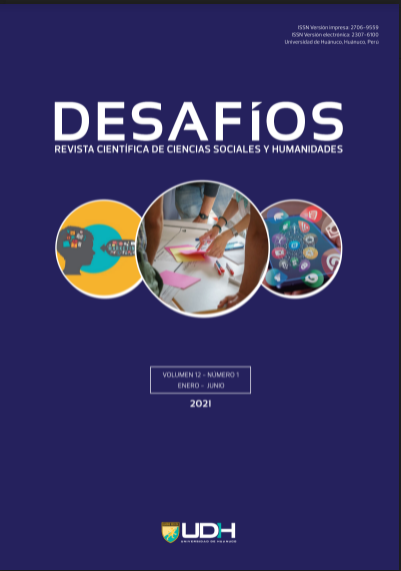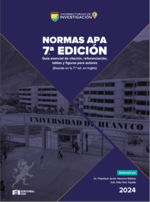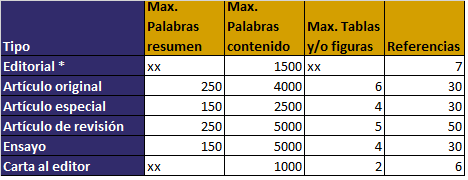Hierarchy of cities in Peru for regionalization purposes
DOI:
https://doi.org/10.37711/desafios.2021.12.1.257Keywords:
urban hierarchies, cities, regions, system of citiesAbstract
Objective. To classify hierarchically the cities of Peru according to their importance for the regionalization processes. Methods. The study had a quantitative approach, simple descriptive design; as a data collection instrument, a city hierarchy card was applied, which measured the dimensions of demographic size, economic size and urban relevance; A factor analysis was made of cities with more than 50 thousand inhabitants, taking as a sample 42 cities in Peru, excluding Metropolitan Lima. Results. It was found as cities of first hierarchy: Arequipa in the south of the country, Trujillo, Chiclayo and Piura in the north, Cuzco in the south east and Huancayo in the center; in second hierarchy: Tacna, Ica, Chimbote, Iquitos, Pucallpa; third hierarchy Ayacucho, Moquegua and Huánuco. Conclusions. The cities that most influence the regionalization processes at the macro-regional level are: in the north Trujillo, in the south Arequipa, in the center Huancayo, in the south-east Cusco of the first hierarchical rank and in the east Iquitos of the second rank.Downloads
Published
How to Cite
Issue
Section
License
Copyright (c) 2021 Freddy Arana Velarde, Rubén Darío Alania Contreras

This work is licensed under a Creative Commons Attribution 4.0 International License.
a. Los autores conservan los derechos de propiedad intelectual (copyright) de las obras publicadas, cediendole a la revista el derecho de primera publicación.
b. Los autores retienen sus derechos de marca y patente, y también sobre cualquier proceso o procedimiento descrito en el artículo.
c. Los autores retienen el derecho de compartir, copiar, distribuir, ejecutar y comunicar públicamente el artículo publicado en la RD (por ejemplo, colocarlo en un repositorio institucional o publicarlo en un libro), con un reconocimiento de su publicación inicial en la RD.
d. Los autores retienen el derecho a hacer una posterior publicación de su trabajo, de utilizar el artículo o cualquier parte de aquel (por ejemplo: una compilación de sus trabajos, notas para conferencias, tesis, o para un libro), siempre que indiquen la fuente de publicación (autores del trabajo, revista, volumen, número y fecha).
























